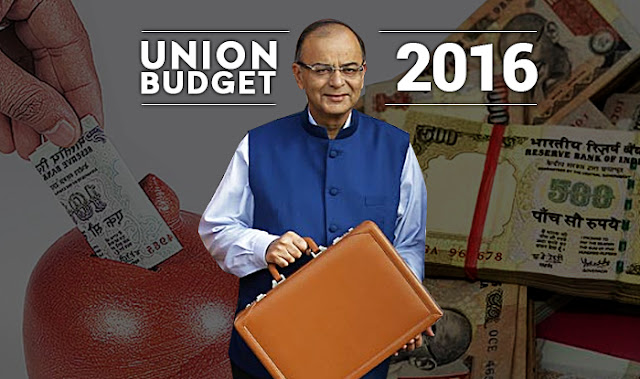The budget for the financial year
2016-2017 is now out, and as expected it envelops various avenues for the
textile industry as well. In the budget, Mr.Arun Jaitley, the finance Minister
made numerous announcements, the most imperative of which was that the basic
custom duty for raw materials that are used in technical textiles would be
reduced to 2.5%. These raw materials would include fibres such as aramid flame
retardant, para-aramid, nylon staple, nylon anti-static staple and modacrylic
as well as yarns such as nylon 66 filament, flame retardant viscose rayon
andpolyester anti-static filament. This is a welcome move, as it will ensure
that the input cost for manufacturers of technical textiles is substantially
reduced.
In addition to it, the basic customs
duty on the import of certain specific fabrics have also been reduced to nil,
however, only in the case when they are to be used for manufacturing garments
for the purpose of export.
Another welcome declaration
pertaining to the textile industry was that the budget allocation was increased
to Rs. 4594.82 crores as opposed to Rs. 4326.44 crores in the previous year.
However, the Amended Technology Upgradation Funds Scheme (ATUFS) has been
allotted Rs. 1480 crores, lower than the sum of Rs. 1510.79 crores that was
allocated in the year 2015-16.
With this budget, it has become
increasingly clear that the focus of the government is on boosting the growth
of the farmers as well as the rural sector, which will eventually help in the
improvement of the overall consumption of both, textiles and apparels. It is
expected that the increase in expenditure by the government in rural areas will
trigger demand from this segment, which will subsequently lead to the growth of
the domestic textile market in the near future.
In the budget, it was also proposed
that the excise duty will change for branded readymade garments as well as made
up textile articles, with the retail price of Rs. 1000 and above. The change
would be of the range of nil to 2% and from 6.25% without input tax credit and
6.25% to 12.5% with input tax credit. This is not very clear from a domestic
manufacturer’s point of view and further clarification of the same is now
awaited.
The government’s goal to double the
income from agriculture by 2020, will eventually result in a boost in cotton
farming as well, thus creating better opportunities for farmers.
The textile industry has a mixed
response towards the union budget for the upcoming financial year. Since the
exports pertaining to the industry are already suffering a blow, it was
expected that a few incentives would be brought in, which unfortunately did not
happen. Moreover, the domestic industry also went unhappy due to the inclusion
of the garments under excise duty. A welcome move was the inclusion of textile
machinery and accessories under the Make in India campaign. Around 45% of the
machinery and accessories are made in India, while the rest are imported. It is
for this reason that TADF has availed funds to the industry to increase the
indigenous production and reduce exports, however, the industry was also
looking forward to some concrete support with respect to setting up of the
requisite facilities.



No comments:
Post a Comment